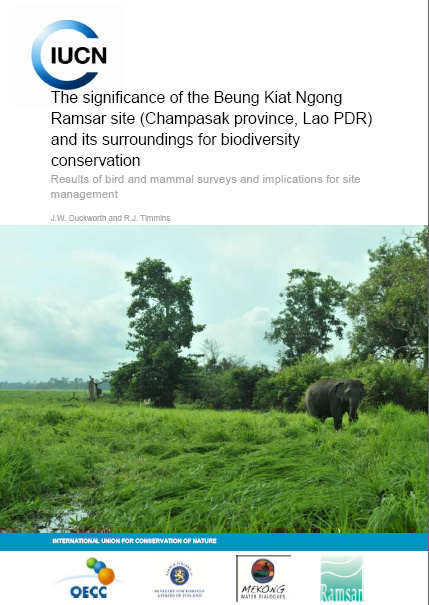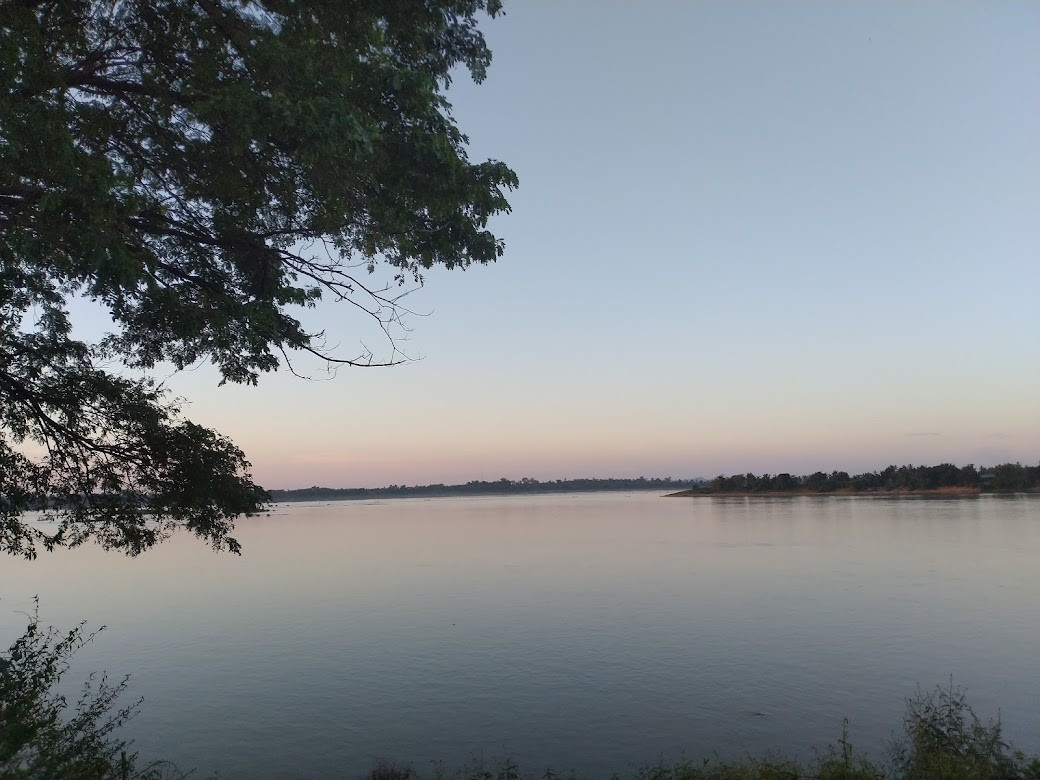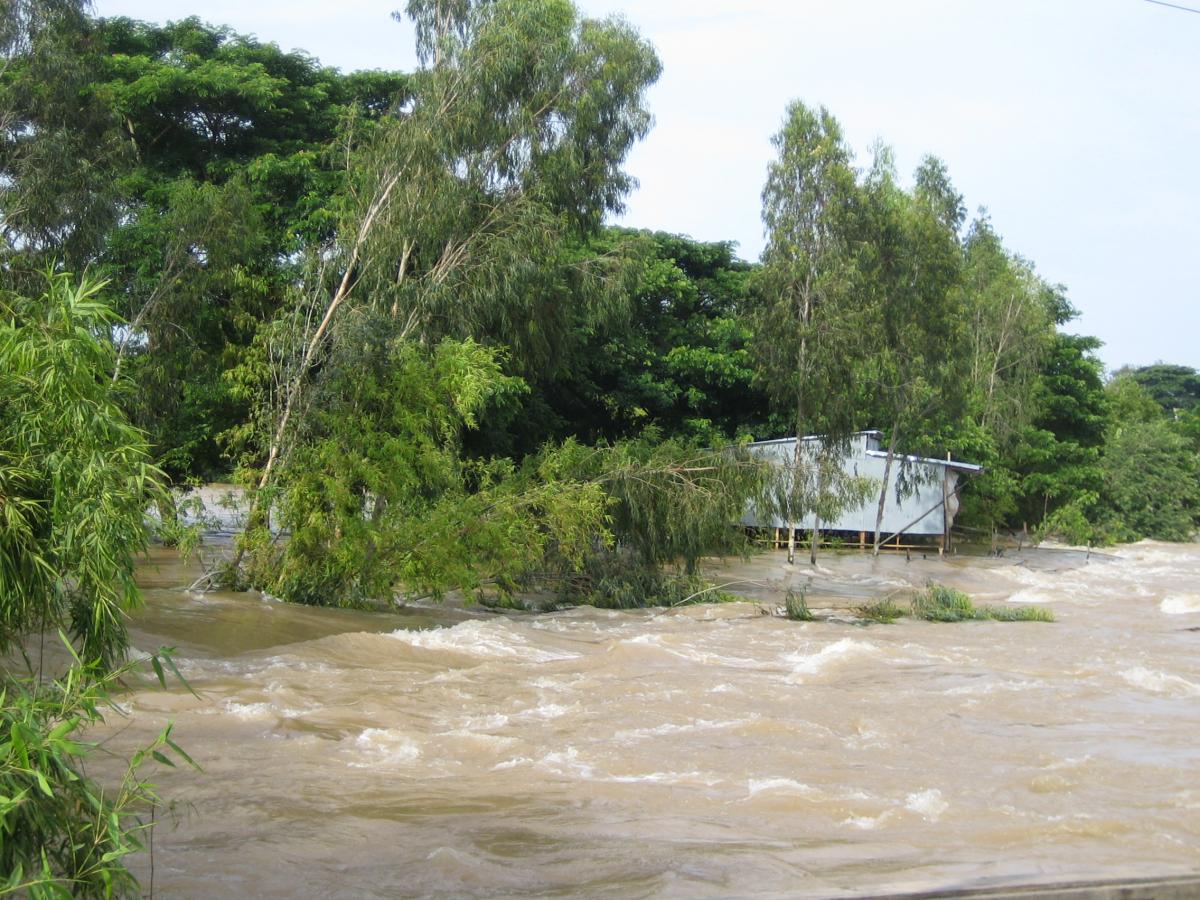Survey calls for stronger enforcement of wildlife laws in Beung Kiat Ngong Ramsar site
The Beung Kiat Ngong wetland in Champasak province, Lao PDR, was designated as a Ramsar site in 2010 because it provides feeding and spawning grounds for many species of fish and birds. The wetland is one of the few areas in Lao PDR that contains peatlands and supports traditional elephant rearing. It also has significant cultural value for local communities because of its proximity to Phou Asa, an important sacred mountain.

Photo: IUCN Lao PDR
The Government of Lao PDR and IUCN Lao PDR have been working together to enhance the wise use of the Beung Kiat Ngong wetland since its designation as a Ramsar site. Furthermore, they developed a management plan for the wetland in January 2013. Gaps in the scientific data available for the wetland highlighted the need for a detailed biodiversity survey on important wildlife groups in the area.
As part of the Mekong Water Dialogues (MWD), funded by the Overseas Environmental Cooperation Center from Japan (OECC) and the Ministry for Foreign Affairs of Finland, IUCN Lao PDR conducted a biodiversity survey on the Beung Kiat Ngong Ramsar site in June and July 2013, and January 2014. The survey, critical in assessing the value of the site for conservation, enabled IUCN Lao PDR to prepare an inventory of bird (and large mammals) species, document the threats to the species and the habitats that support them, and develop preliminary recommendations for conservation planning for the Beung Kiat Ngong Ramsar site.
The biodiversity survey also contributed to capacity building and training on biodiversity survey techniques and conservation approaches for local Ramsar site authorities.
With hunting pressure as a major threat, many globally threatened bird species and a large number of wetland-associated bird species, which should be breeding in the Beung Kiat Ngong Ramsar site, have either been extirpated from the wetland or are declining in numbers. The survey also confirmed that large mammals in the area have also been extirpated.
Additionally, the survey revealed occurrence of encroachment on the Beung Kiat Ngong Ramsar site for agricultural activities such as rice cultivation. Within the Ramsar site however, the largest wetland, Beung Kiat Ngong, still retains a large area of open, uncultivated marsh. Here, habitats remain suitable for globally threatened bird species despite their absence due to hunting.The survey also indicated a need to pay more attention to conservation issues on two complexes within and surrounding the Ramsar site -Bolaven slope wetlands in the north-east and east and the Xe Kong plains in the south east.
In conclusion, the biodiversity survey calls for immediate site-based enforcement of existing national wildlife laws in order to ensure conservation of the Beung Kiat Ngong Ramsar site, and to work towards rebuilding its impressive potential for bird conservation significance.
The biodiversity survey of the Beung Kiat Ngong Ramsar site will be available for download soon on this page. A complementary survey in the Xe Champhone Ramsar site, which was completed in 2014, is available for download here.
About Mekong Water Dialogues
Mekong Water Dialogues is coordinated and facilitated by IUCN and supported by the Ministry for Foreign Affairs of Finland. It was initiated to work with countries of the Mekong Region – Cambodia, Lao PDR, Thailand and Viet Nam – to improve water governance by facilitating transparent and inclusive decision-making to improve livelihood security, human and ecosystem health.
www.iucn.org/asia/mekong_dialogues
For more information, please contact:
Wendy C. Atieno
Programme and Communications Officer,
IUCN Lao PDR
E: wendy.ATIENO@iucn.org



